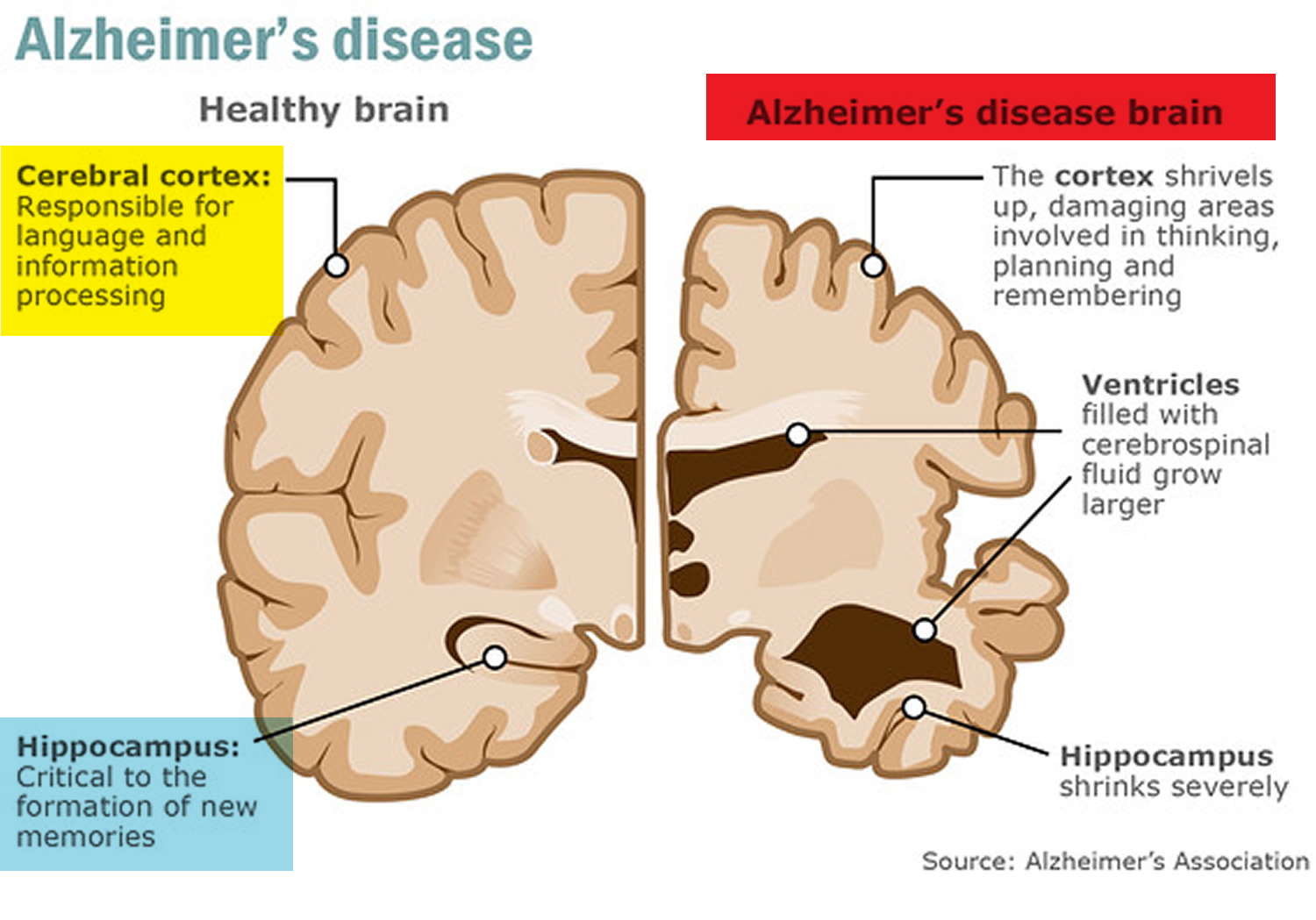- Published on
What Is Alzheimers Disease?
- Authors
- Name
- Jake Konigsberg
- Role
- Founder
Alzheimer’s is a neurodegenerative disease, a disease causing progressive degeneration of nerves. The disease results in the brain being unable to perform many basic functions such as retain memory.
Alzheimer’s disease is caused by a complex interplay of age-related, lifestyle, environmental, and genetic factors. In terms of age, it is important to note that it is not a direct cause of Alzheimer’s, but it is the largest risk factor. One’s chances of getting Alzheimer’s increases with age because it takes longer to clear beta-amyloid 42 in the brain, causing the protein to clump up. The protein clumping up resulting in it forming Alzheimer-causing plaques as it gets in-between neurons disrupting cell function and communication. Lifestyle factors are also at play. Actions and conditions such as smoking, obesity, diabetes, and high blood pressure often cause vascular problems which have been found to increase one’s likelihood of getting Alzheimer’s. In terms of environmental factors, it has been found that living in rural areas and areas with pollution increase one’s risk of developing Alzheimer’s disease. The increased risk of pollution associated with pollution is because exposure to pollutants has been linked with increased levels of beta-amyloid 42 in the bloodstream which form the Alzheimer-causing plaques. Lastly, there are genetic causes of Alzheimer’s disease. One gene mutation associated with Alzheimer’s is amyloid precursor protein (APP). APP encodes for the amyloid beta peptide which contributes to the formation of beta-amyloid 42 protein. Mutations which cause increased amounts of or longer and stickier versions of the amyloid beta peptide result in it clumping forming the Alzheimer-causing plaques.
Note: The title says "Alzheimers" due to markdown requirements, but the proper syntax is "Alzheimer's"
